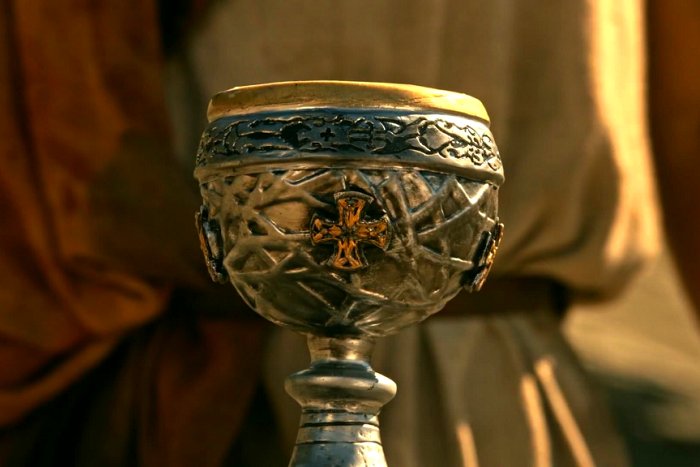
Archimandrite Alypius (Svetlichny) on the history and symbolism of liturgical utensils.
It is lamentable sometimes that there are so few descriptions and details in the Gospel. They’d be extremely helpful in recreating the historical background of the time when Jesus walked the earth.
An idle reader would like all events mentioned in the Scripture to jibe well with chronicles and archaeology of the Holy Land. Thus, the Bible remains a completely “locked” book for people like those. Therefore, they prefer to claim that this Book is inconsistent rather than try and figure it out.
As far as I’m concerned, I like this quiet and inadvertent forgetfulness of the trivia, which makes the Holy Scripture sacred and helps its readers to learn the actual words of God from its pages rather than entertaining themselves with excessive details.
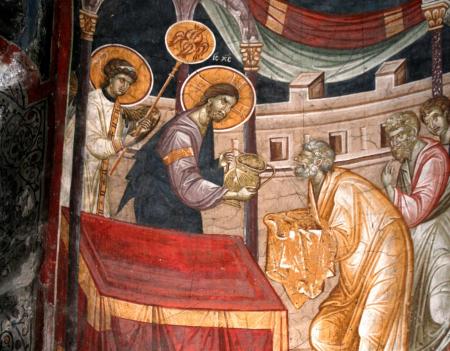
The Chalice of the Last Supper: Sacred or Mythical?
It has become popular to bring huge amounts of relics to Europe since the Middle Ages. Unfortunately, they weren’t just brought to Europe but also falsified. Later, it made the Church uncomfortable: popular piety demanded that the newly-acquired holy objects be venerated, whilst bishops eschewed calling the objects authentic. Most of the time, the bishops were right.
It was at that time when several cups appeared, each deemed to be the Chalice used at the Last Supper.
Those cups were associated with the legendary Holy Grail, which was appropriated by the Knights of the Round Table fable of the mythical King Arthur from Celtic myths.
Later, a legend appeared, in which the Righteous Joseph of Arimathea took this chalice, which the Savior had held in his hands during the Last Supper, to Glastonbury where it was hidden on the bottom of a well. To boot, there was a rumor that St. Joseph also took the blood of the Crucified Christ into the same cup. There are quite a few other legends about Holy Grail.
However, the issue of the chalice used for the Last Supper arose because that chalice was reconstructed and used as a liturgical chalice.
What Did the Chalice That Christ Used During His Last Passover Supper Look Like?
So, do we know what the chalice that Christ used during his last Passover Supper looked like? Of course not! Cups at those times came in various shapes and were made of various materials.
The poor mainly used ceramic cups. That was what tempted many people to think that Jesus had to use a cup made of clay, for He was a poor preacher.
Let us remind ourselves that the Savior entered the house of a man who prepared a meal for them in a room on Mount Zion. The Zion in Jerusalem was a very affluent neighborhood where the Jewish nobility lived. The Zion Chamber is located next door to the palaces of King Herod the Great and the High Priest. There certainly was expensive tableware in the house of a rich man. It could be made of color glass or silver, which was popular with the Israelites at that time.
However, it could be made of stone, too. Right, you’ve read it correctly: stone cups. It turns out that the Jews believe that to be fully kosher, food must be served in stone vessels, which only wealthy and pious people could afford.
Some serious reconstructions of the Last Supper done by renowned scholars imply that the vessel for wine was made of stone and the ritual cup was made of silver. Ostensibly, it was hollow and sat on a low round stand.
There was no need of a tray for bread: most likely, bread was put in slices right on the table, among other ritual meals.
What Liturgical Vessels Did Early Christians Use?
We have vague understanding on the vessels, which were used for the Eucharist during the agape meals held by early Christians. With that said, there are images of tableware on frescoes found in the catacombs. Most likely, the tableware was made of clay. It is hard to say whether there are liturgical vessels on those images, though.
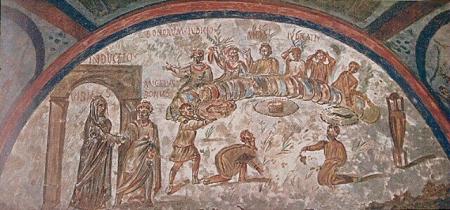
In fact, the established Russian name of the Eucharist cup, “the Potir”, refers not to a cup but to a tool used for drinking. That’s its original meaning in the Ancient Greek. So it allows for a vessel of any shape you could drink from. Nevertheless, historians do not discard the idea that the early Christians used vessels made of precious metals or of gemstones, which Romans valued most, e.g., onyx, agate, alabaster, purple, and marble.
It can be said that the shape of a liturgical cup on a thin long leg formed by the 4th century and became popular.
It was in the early Christian era that the diskos (the paten) for breaking the bread started to be used. Most likely, it was made of expensive materials to match the cup.
Those were sacred objects bought by the community. They could be used for several generations of Christians. Snitches would prey on them in the persecution times because they could well be the only precious objects that could be found in a church.
Christians barely spent time thinking about the Last Supper as a historical event. They didn’t need to reconstruct it. Christ and his Eucharist were always contemporaneous, and the ancient Christians participated not in a remembrance event but in the anticipation of the real encounter with the Teacher. That was why the vessels were less precious for them than their contents: the Body and Blood of Christ. They didn’t speculated on issues of historical accuracy: instead, they experienced the joy of their real participation in the Last Supper.
Translated by The Catalog of Good Deeds

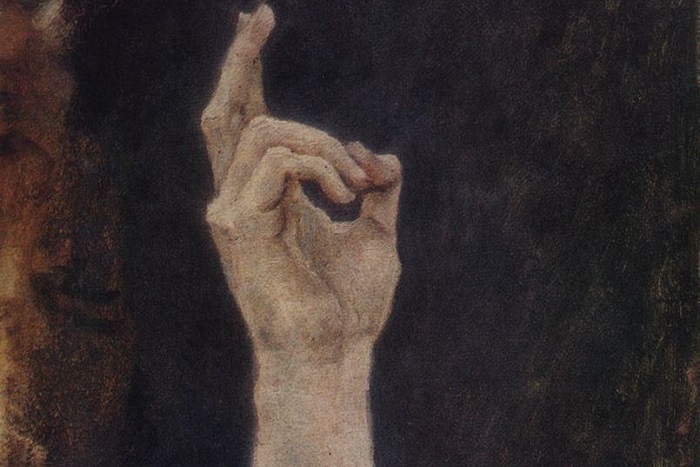

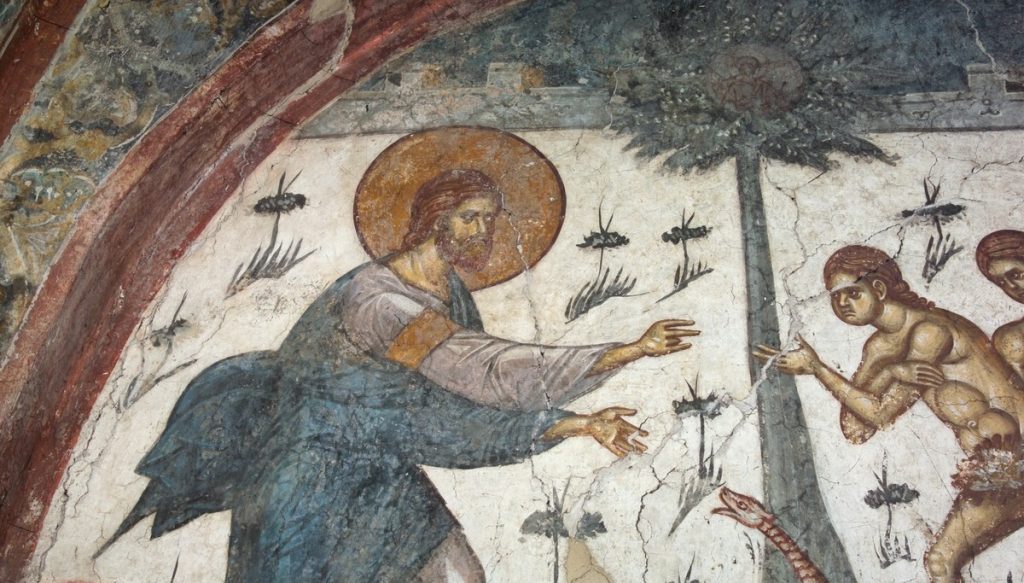
Finally, something believable!